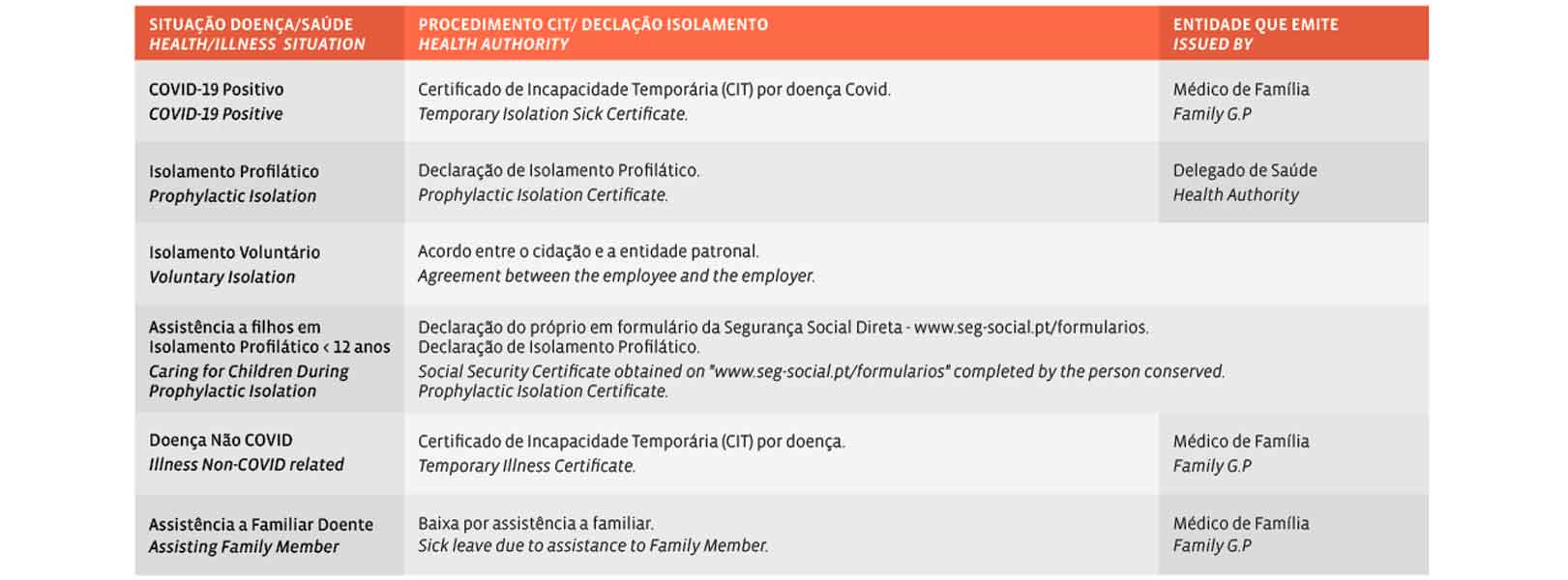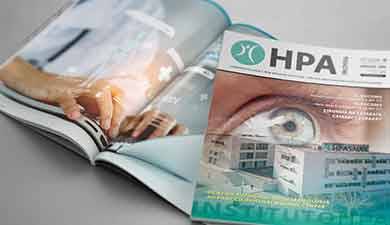Dr. Luís Gonçalves
Paediatrician and Neonatologist
Director of the Paediatric
and Neonatology Dept.

School during a pandemic
Clarifying and calming parents and teachers
HPA Magazine 15
The second half of the 2019-2020 school year, could not have been more eventful, unsettling and different. The digital school on line was implemented in a very short time, where homes were rapidly transformed into closed and gloomy classrooms and playgrounds.
The arrival of the holiday period brought some relief to families and teachers. However, it did not spare them from worrying about the new upcoming school year. Everyone tried to return to their usual routines, but at the same time with nagging doubts, uncertainties and many “ifs”.
I will try to address some of the points that both parents and teachers have questioned during consultations. It is important to mention however that there is still no national consensus for paediatric age, so the decision is always to evaluate each case individually.

I received a call from my son’s school saying that he has a high temperature. What should I do?
If the child has a fever, it means he is ill, so he should not remain at school. Therefore, parents will have to collect him, give him paracetamol and keep him under surveillance at home.
As far as surveillance is concerned, it is important to note that temperature must be measured and recorded while watching out for other associated symptoms, known as alarm signals: such as breathing difficulty, moaning, sores on the skin, excessive sleepiness, irritability, inconsolable crying, vomiting and refusal to eat. If the temperature is high (over 40º and difficult to break) associated with one of the above alarm signals, the child should be observed by a doctor / paediatrician.
What symptoms should I take into account when considering whether or not to take the child to school?
Whenever the child is ill, he should not go to school, until the severity or aetiology of the situation, as I mentioned above, is clarified. In other words, only healthy children should be in school. This attitude must always be respected, especially during a pandemic, but also in other non-pandemic times.
Whenever there is a fever, should the child be tested for COVID-19?
A fever is a common sign for several diseases and not exclusively for COVID-19, so it will be wise to wait for a clinical evolution. If, in three days, the fever disappears and there is no known source of contagion or obvious chain of transmission, the child can return to school. The doctor should consider taking the test in particular cases: if the parents are also ill, if there are respiratory symptoms, if the child has been in contact with someone who is suspected of having COVID-19, or when after three days the fever and symptoms persist, with no other signs of another disease, such as otitis, for example.
How should the family behave while waiting for the result of the test?
The whole family must effectively stay at home and avoid social contact until the test result is known, voluntary isolation.
If it is negative, the child can go back to school. What if it's positive? Must the child be isolated from his brothers?
He must be isolated from his brothers and the whole family must remain in prophylactic isolation.
If my child tests positive, should the whole family be tested? And what care should parents take to look after of a child with COVID-19, even if asymptomatic?
The whole family is tested, because they are all close contacts. As far as the care that must be taken, home isolation is the measure to be adopted. The child must remain in a room on his own (if he is old enough, obviously) and if he leaves his room, he must wear a mask and comply with the safe distancing measures. If possible, he should have his own WC, appropriate products should be used to clean the room, separate garbage, cutlery, dishes and bedding washed at high temperatures, frequent and correct hand washing must be taught as well as breathing etiquette. Preferably the door of the room should remain closes, ventilated frequently and without air conditioning. Only one person in the family should care or the child.
The child should avoid contact with vulnerable people (the elderly, the chronically ill, pregnant women and the immunocompromised).
Schools ask a medical certificate for the child to return to school after an episode of fever. No doctor will provide a medical certificate stating that the child is COVID-19 free, without being tested. That means staying at home for 14 days ...
If the child is well and asymptomatic, he can go back to school, with the respective medical certificate, stating the absence of infectious disease. The doctor will not be able to confirm whether or not the child had COVID-19 without having been tested for SARScov2.
To help parents / teachers with these medical certificates issue for school and/or work, here is a summary of what to do:

How can one distinguish the difference between a normal flu or bronchiolitis, and COVID-19?
Since the symptoms are similar - fever, cough, fatigue, body aches and, eventually, shortness of breath or a lack of smell or taste - it can be very difficult to distinguish these diseases clinically. Unless there is a known source of contagion or a test confirming the infectious agent (a virus, coronavirus or other).
Children have always become ill, have always had the flu and will continue to do so during the winter months. Does this mean that they can be tested more than once?
As I mentioned previously, and as a matter of common sense, to avoid testing children countless times, the parents can stay at home with the child, monitoring the clinical condition and, only testing when there is a known source of contagion / outbreak (epidemiological link) or, other family members are having the same respiratory symptoms, or if the fever and symptoms do not improve after 3 days.
With all the current uncertainties, will there be a greater school absence this year? And in turn also from work, for the parents?
As there is still a lot of uncertainty from health authorities and many parents are insecure in the face of this new pandemic and in the absence of national recommendations aimed at paediatric age, it is likely that as soon as the flu season begins, the number of absenteeism from school and work will increase .
What repercussions could this “abnormal” return to school have on our children's lives?
oing to school will always be beneficial, since it is extremely important for children to play, share the playground, and be with friends. However, social distancing and having to wear masks at school will hinder the normal coexistence between them and the teachers. But I think it will become part of the routine for all children and, therefore, accepted. It is better to use a mask and be with friends and teachers at school, than to be at home with on-line classes and isolated in a room, with all the psychological, social and emotional problems that this "prolonged home isolation” may cause.
Should we continue to take the necessary precautions and instil in children the need to take off their shoes, wash hands as soon as we get home, use a mask (for those over 10)?
In the light of current scientific knowledge. Surface contagion seems to be less likely, so “taking off your shoes” at the front door and disinfecting /washing shopping cartons can be discarded. In turn, contagion by direct contact with droplets remains high, which is why all other measures are undoubtedly to be maintained: respiratory etiquette, social distancing, the use of a mask and correct hand washing/disinfection.








